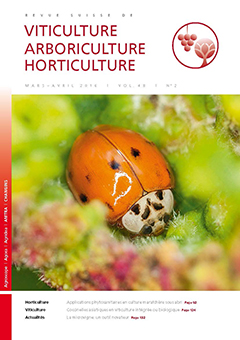
Issue 2 - March - April 2016
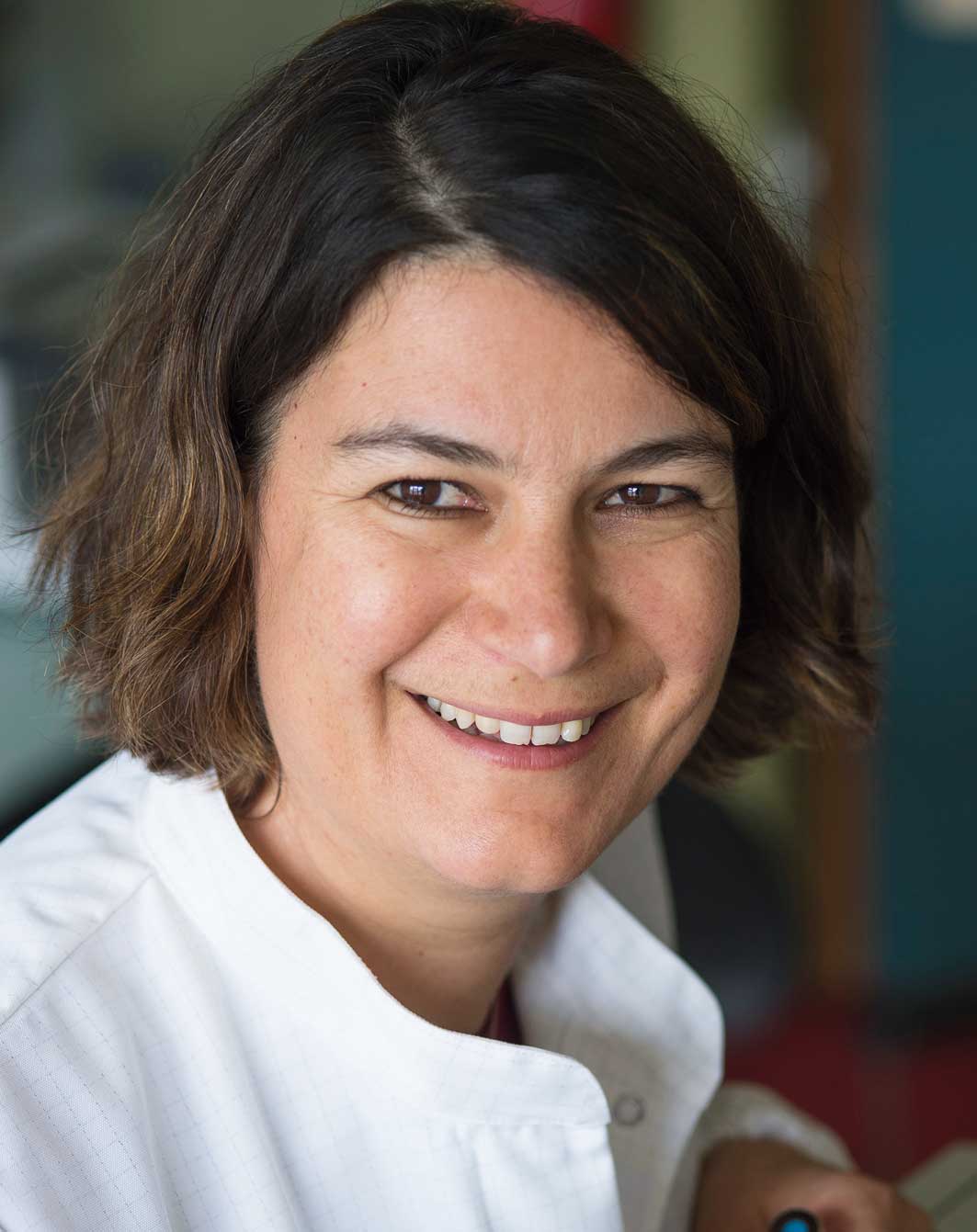

Abstract in open access
This work, carried out in 2008, aimed to assess the quality of foliar application of seven different treatment devices used in commercial tomato crops in greenhouse and tunnel, to understand which techniques could improve the management of phytosanitary crop protection. The results show the need for regular calibration of the devices and for a control of the application settings, essential to reach optimal variations of ± 10 % between estimated and effective quantity of spray mixture applied per hectare. This improvement is possible only with the creation of a continuous training system for producers. The comparison between the devices showed that the vertical spray boom provides the best quality of application and could be a standard for the use of a dose adjustment to growing vegetable crop.
Keywords: spray deposition, distribution, leaf wall, quantification spray deposit
E-Mail: mauro.jermini@agroscope.admin.ch
Adress: Agroscope, 6593 Cadenazzo
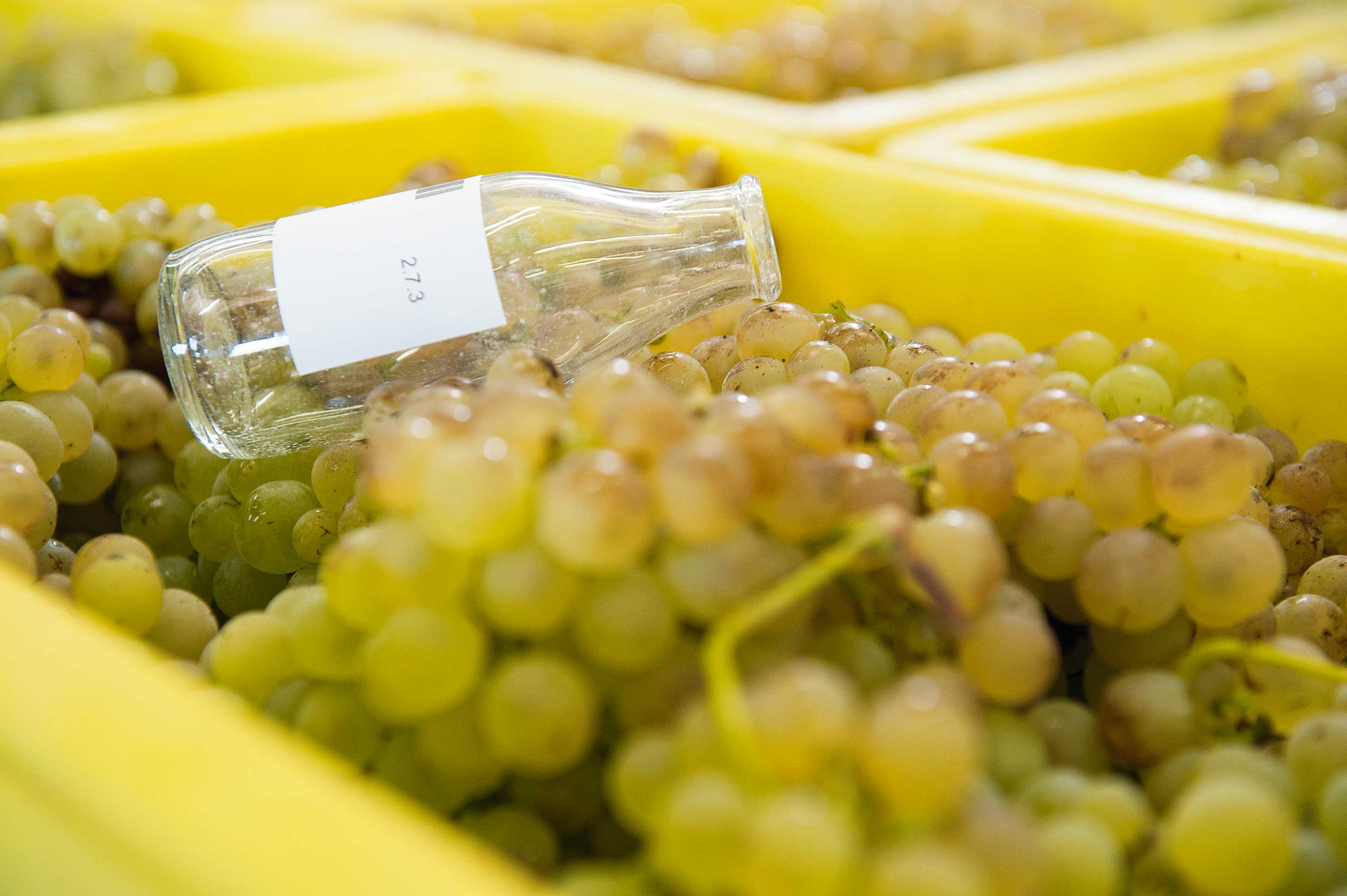
Abstract in open access
The aroma potential of grapes is an important parameter linked to quality. Its determination remains a challenge because of the complexity of the aroma compounds and aroma precursors. Existing methods used to estimate the aroma potential are based on the direct measurement of the free aroma components and the direct and indirect measurement of the aroma precursors. Aroma precursors are odorless compounds consisting of an odor-active part linked to an odorless part, such as glucose, cysteine or glutathione. They can be hydrolyzed enzymatically during the alcoholic fermentation, thus releasing the odor-active part. In this study, 3 methods used to estimate the aroma potential and their application are described. Results show that the glycosyl-glucose method (G-G), based on the quantitation of all glycosylated compounds, is not suited to estimate the aroma potential of the 8 white cultivars studied. The results are not correlated with the sensory analysis. Those of the two other methods, though, are significantly correlated with the sensory analysis: 1) Quantitation of the free monoterpenes by GC-MS after enzymatic hydrolysis of the aroma precursors, and 2) Quantitation of the aroma precursors by LC-MS. These two methods are therefore well suited to estimate the aroma potential of grapes.
Keywords: aroma potential, glycosyl-glucose, monoterpenes, aroma precursors, grapevine
E-Mail: agnes.dienes-nagy@agroscope.admin.ch
Adress: Agroscope, 1260 Changins/Nyon
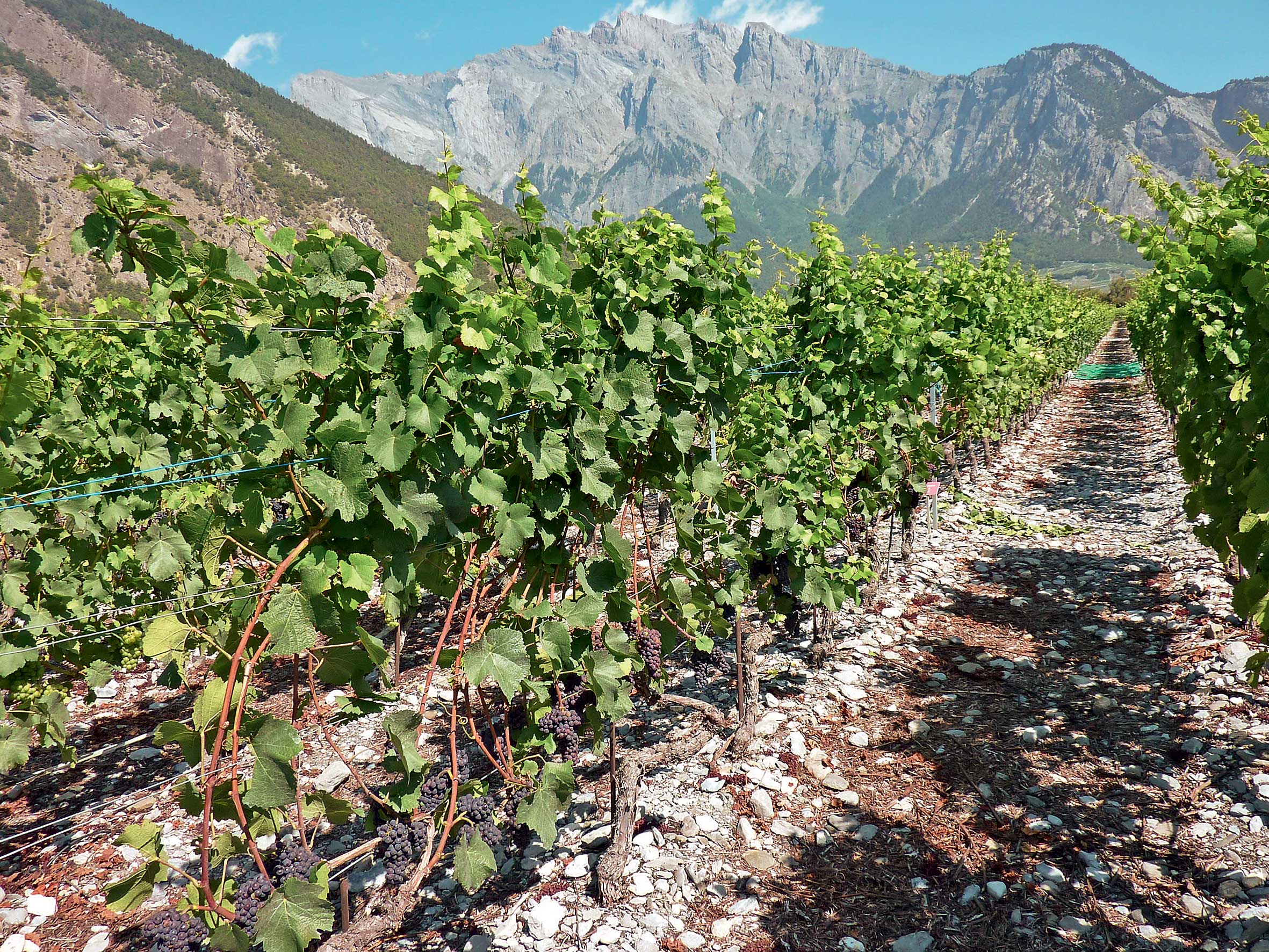
Abstract in open access
The agronomic and oenological performance of the Pinot Noir grape variety was studied with regard to choice of rootstock on the Agroscope experimental estate in Leytron (Canton of Valais). The following rootstocks were tested: 3309 C, 5 BB, Fercal, 41 B MGt, Riparia gloire, 420 A MGt, 101-14 MGt and 161-49 C. The rootstock particularly influenced vigour, speed of establishment of the vine, and the mineral supply of the graft. The rootstocks Riparia gloire, 41 B MGt, 420 A MGt and 161-49 C proved to be less vigorous, and in the case of the latter three led to a lower nitrogen and potassium supply, resulting in the production of wines of slightly greater acidity. The less vigorous rootstocks as well as the 101-14 MGt exhibited a slightly higher sensitivity to water stress.
Keywords: grapevine, Pinot noir, rootstock, mineral nutrition, water stress, wine quality
E-Mail: jean-laurent.spring@agroscope.admin.ch
Adress: Agroscope, 1009 Pully
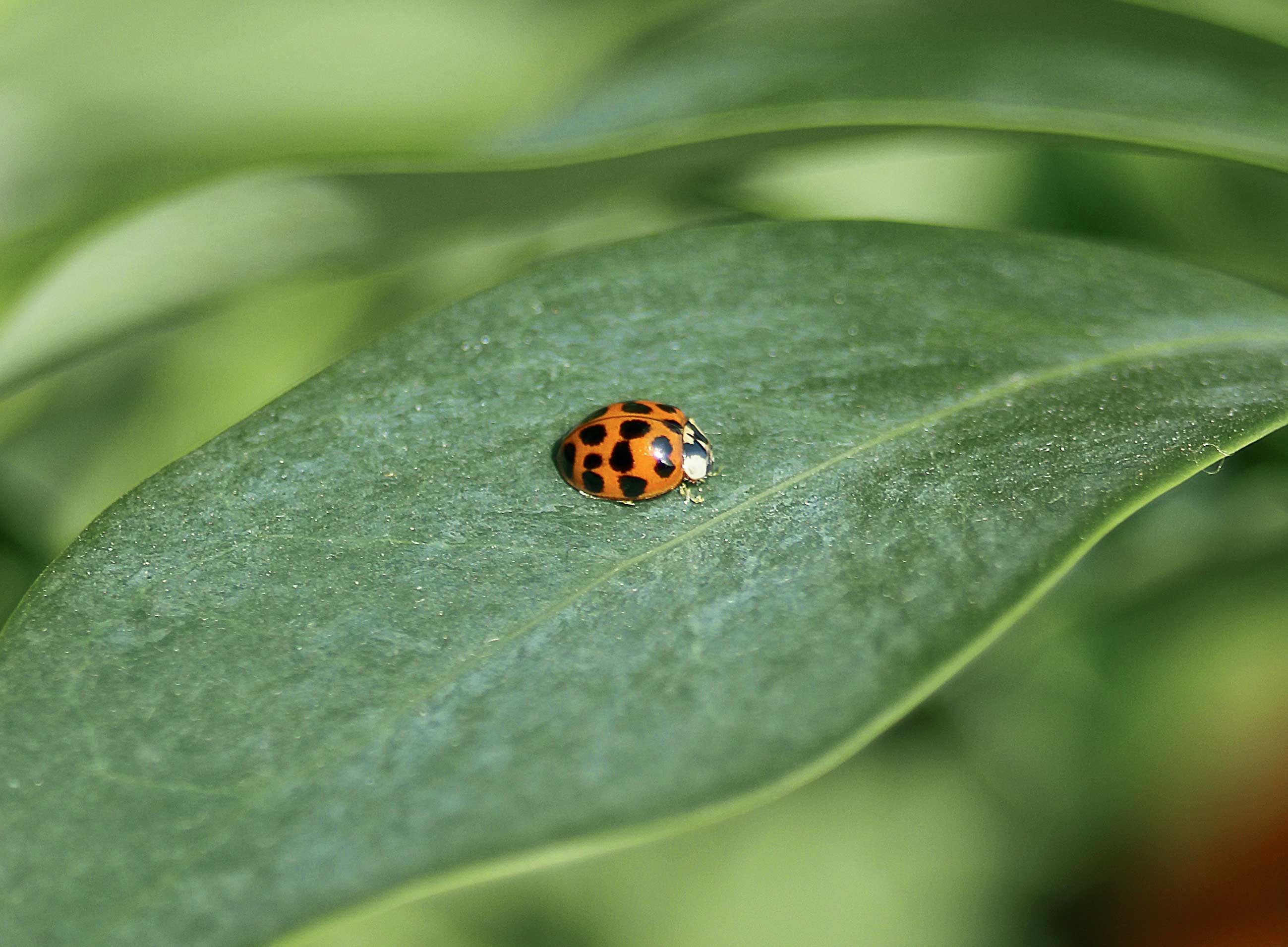
Abstract in open access
Invasive multicoloured Asian lady beetle (Harmonia axyridis) causes two major problems: the competition against indigenous ladybirds taking their ecological niche and the bad taint given to the grape berries at harvesting time when their number is too high. In United States of America, at the end of the growing season, H. axyridis move massively inside vineyards to find their food (aphids or sugar content in grape berries); several States recommend an insecticide application to decrease their number. In La Côte (VD) Swiss vineyards, the populations of H. axyridis are today higher than native ladybirds but still too low to contaminate the harvest of red or white grape varieties. In Switzerland, the diversified agricultural landscape slows down the invasion of H. axyridis in vineyards because the insect finds others food resources in the environment to complete its life cycle.
Keywords: vineyard, lady beetle taint in wine, landscape, pesticides
E-Mail: dominique.fleury@etat.ge.ch
Adress: School of Engineering at Changins
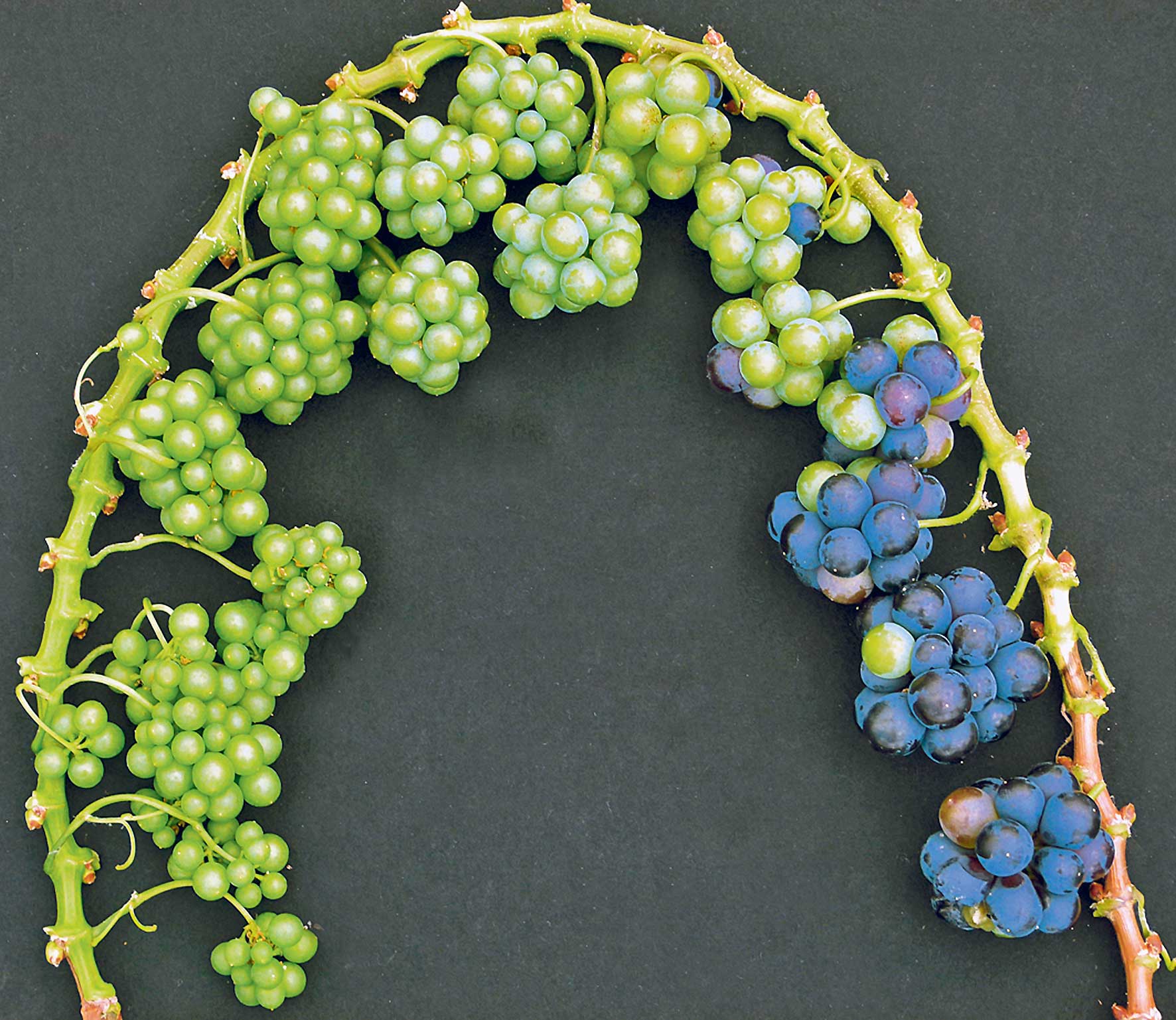
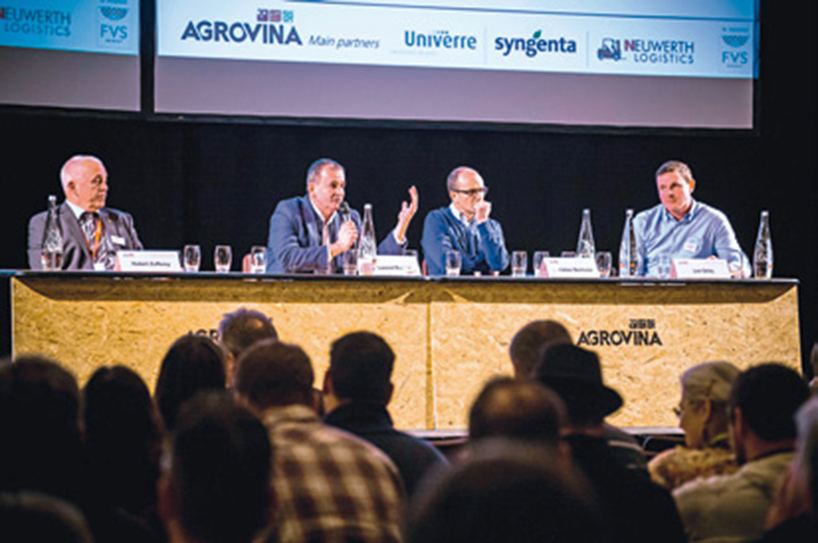
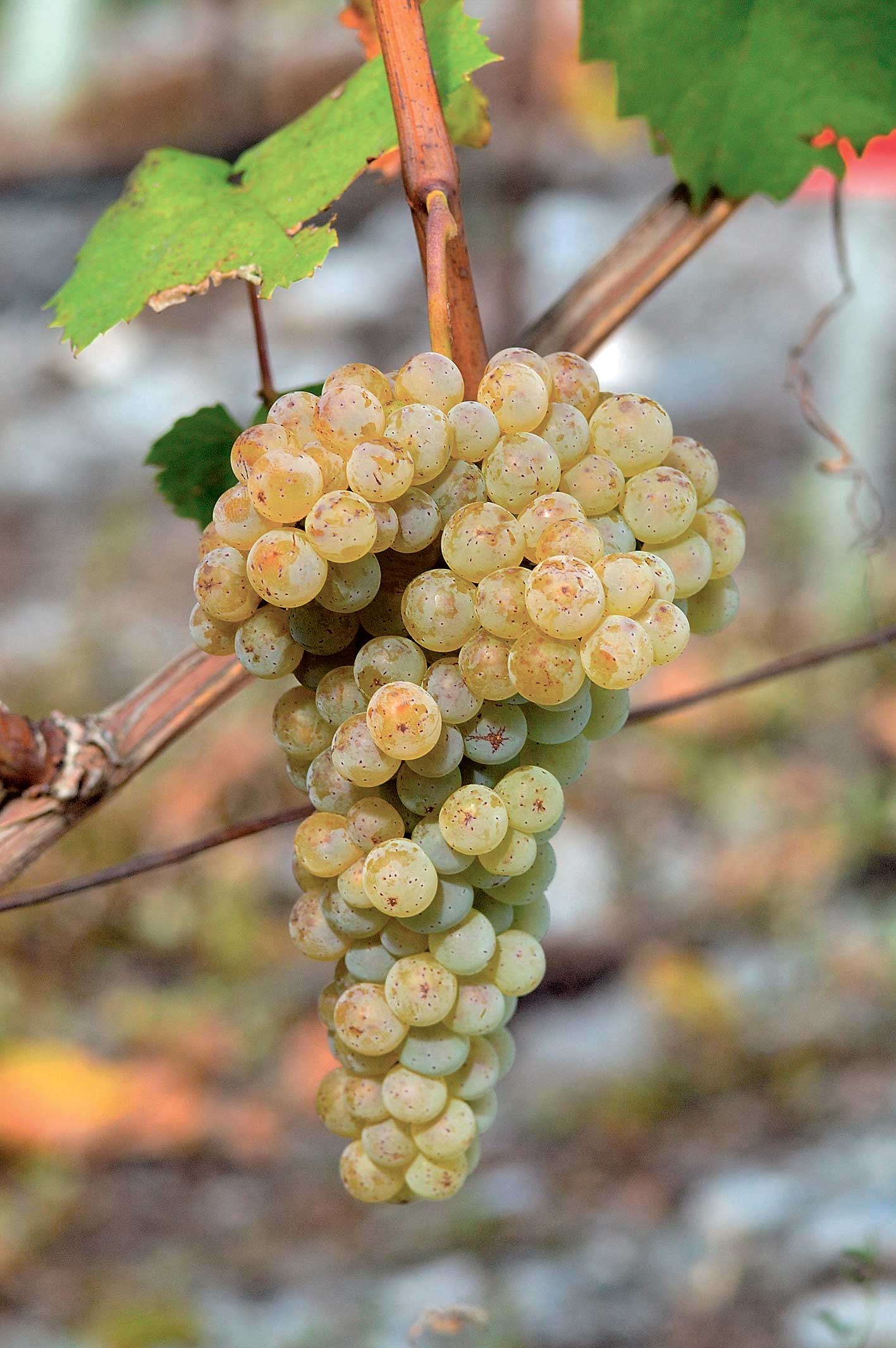
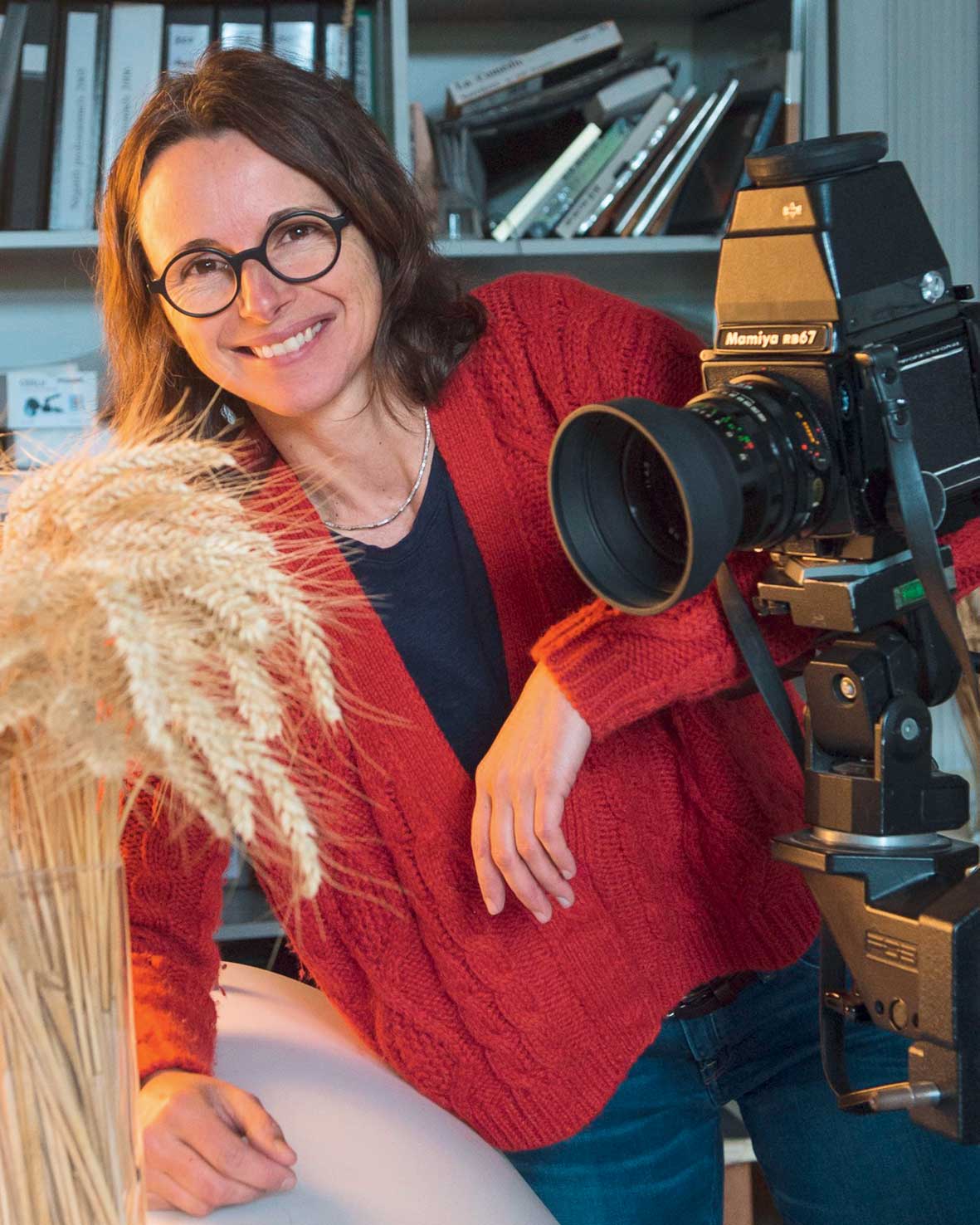


 Download of full issue
Download of full issue
 Download article
Download article